Basil is one of the most flavorful and satisfying herbs a gardener can grow. So, you are wondering when to transplant basil seedlings and how to accomplish this task. Never fear; you have come to the perfect place. In this post, we gather up-to-date information to thoroughly answer your question.
To properly transplant basil seedlings, you need to ensure that they are old enough and that the nighttime temperature is over 50 degrees Fahrenheit. Once you are sure of these requirements, follow these directions to perform the transplanting:
- Harden off the seedlings
- Prepare the seedling's new home
- Carefully remove the seedlings from their old home
- Place seedlings into a hole in the soil
- Ensure that the seedlings are well watered
Keep reading the rest of this post for details on when it is time to transplant basil seedlings. Following this intro, we cover the step-by-step guide on how to perform the actual transplanting. To conclude, we answer several related questions.
![Fresh basil in the backyard garden, When To Transplant Basil Seedlings [And How To]](https://gardentabs.com/wp-content/uploads/2021/10/When-To-Transplant-Basil-Seedlings-And-How-To-683x1024.png)
When to transplant basil seedlings
There are two main criteria to meet before you can safely transplant basil seedlings. First, the basil needs to be old enough. And second, the risk of frost must have passed. For even better luck, wait until nighttime temperatures rarely fall below 50 degrees Fahrenheit.
Ensuring basil seedlings are old enough to transplant
To determine if basil seeds are old enough to transplant, you need to look for the first true leaves. According to this article from Brittanica, the first leaves that come out of any seed are known as cotyledons. The next set of leaves are true leaves. Once the first set of true leaves emerge, transplanting basil is feasible.
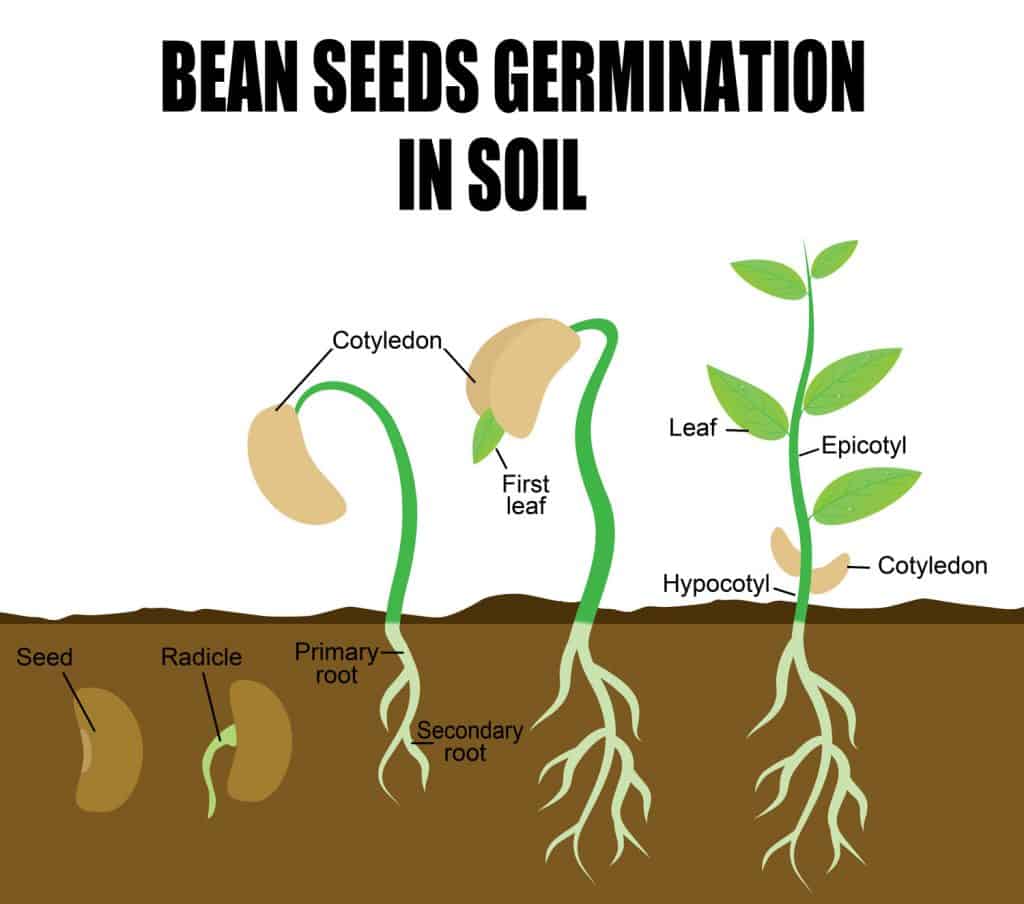
It is always necessary to wait for these true leaves to appear before transplanting. However, it is often wise to wait even longer. Specifically, if you wait longer, you can give the basil more time to establish healthy leaves and roots.
Often, it is advised to wait until the seedling fills the root capacity of the original container. Waiting any longer than this will cause the basil to become rootbound, and waiting a shorter time will not take full advantage of the capacity of the original pot.
Determining Outside Planting Timing
While it is possible to plant basil outside earlier in the year, the general rule is to wait until the nighttime temperature stays above 50 degrees.
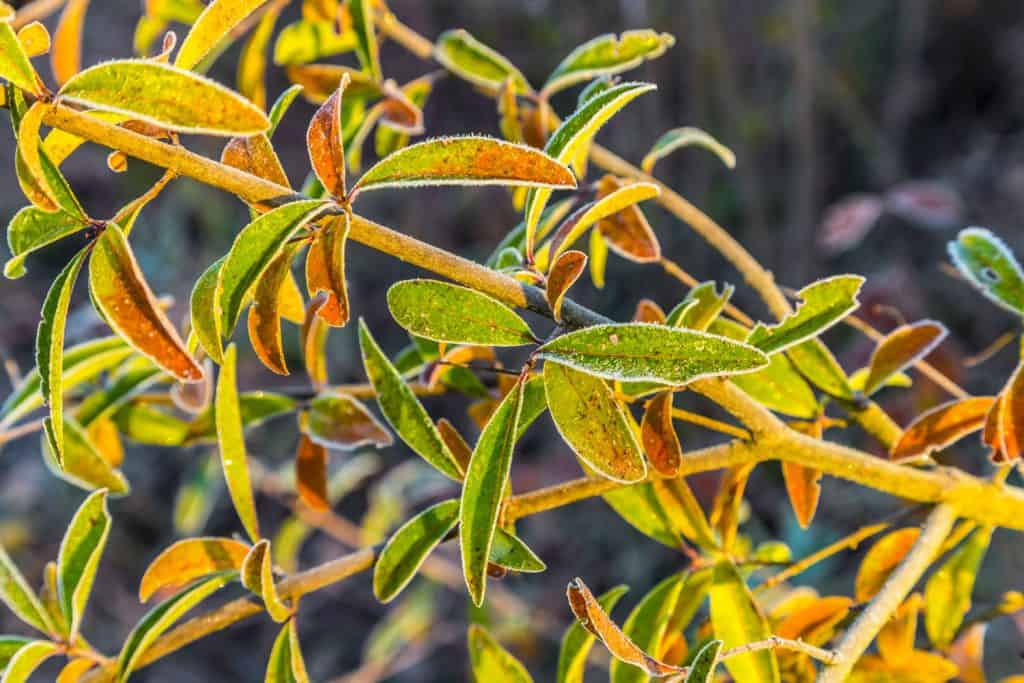
Colder temperatures will not necessarily be deadly to the basil, but a cold start will influence how your basil grows the entire season. If planted in the cold, your basil will expect consistently colder temperatures all summer and will not grow as quickly, even once the nights warm up.
Therefore, while waiting until the nights have sufficiently warmed is an exercise in patience, this wait will help you produce more basil over the course of the entire growing season.
How to transplant basil seedlings
Follow these steps to successfully transplant your basil seedlings.
1. Harden off the seedlings
Before actually transplanting your seedlings, it is essential to harden them off. Even if you wait until the nights are warmer than 50 degrees, your basil is still only acclimatized to your indoor temperatures and light conditions.
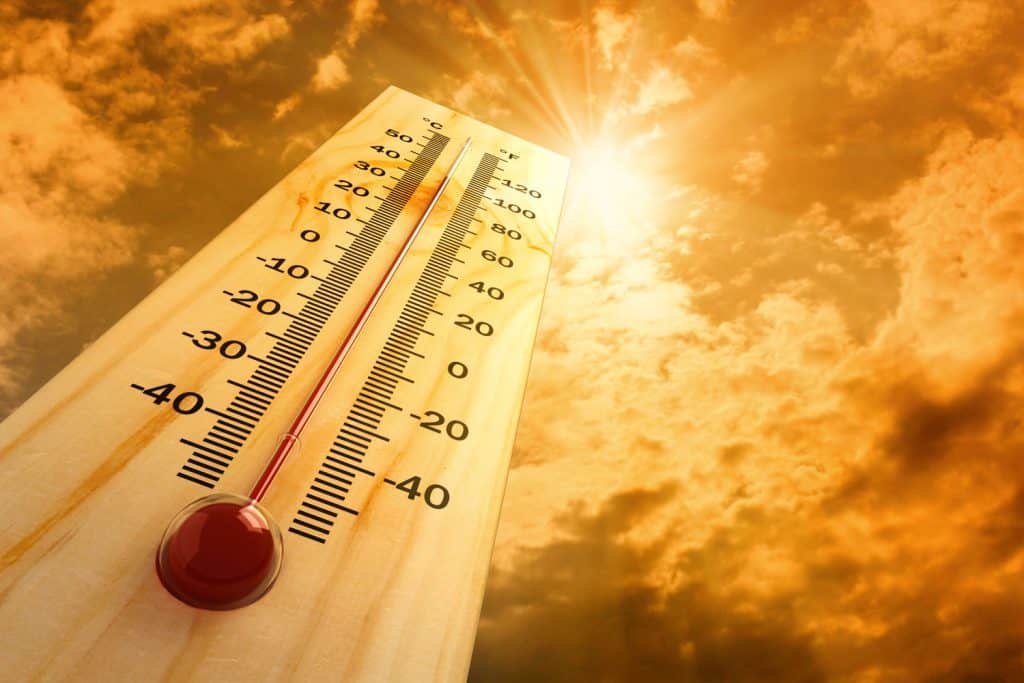
Getting your basil used to the outside temperatures takes time and patience and is a process known as hardening off. What you do is wait until a sunny day and bring the basil outside. Wait an hour or so. After this time, you will notice that the basil will start to wilt. This wilting is from the sun.
Once they start to wilt, bring the seedling back inside and then set them out for two hours the next day, and four hours the next. Continue this process until the basil no longer wilts from the sun. Then the seedlings are likely ready for transplanting.
If you are not moving the seedlings outside, you can skip the hardening off step.
2. Prepare the seedling's new home
Before physically moving the seedlings, it is time to prepare their new home. If you have a premade garden bed, pot, or planter you plan on moving them to, this is an easy step. However, if you are moving them to a fresh location, it will take a little more work.
Click here for a high-end potting soil on Amazon.
Essentially, you want to make sure that you are moving the basil to a good home with good soil. Often, this requires buying premade potting soil, amending with nutrients, and/or adding compost. If you are adding fertilizer, go light so you do not burn the young basil starts.
3. Carefully remove the seedlings from their old home
No matter how careful you are when handling seedlings, you will feel as though you are being too rough. Despite this, the seedlings are able to survive transplanting as long as you are as gentle as possible.
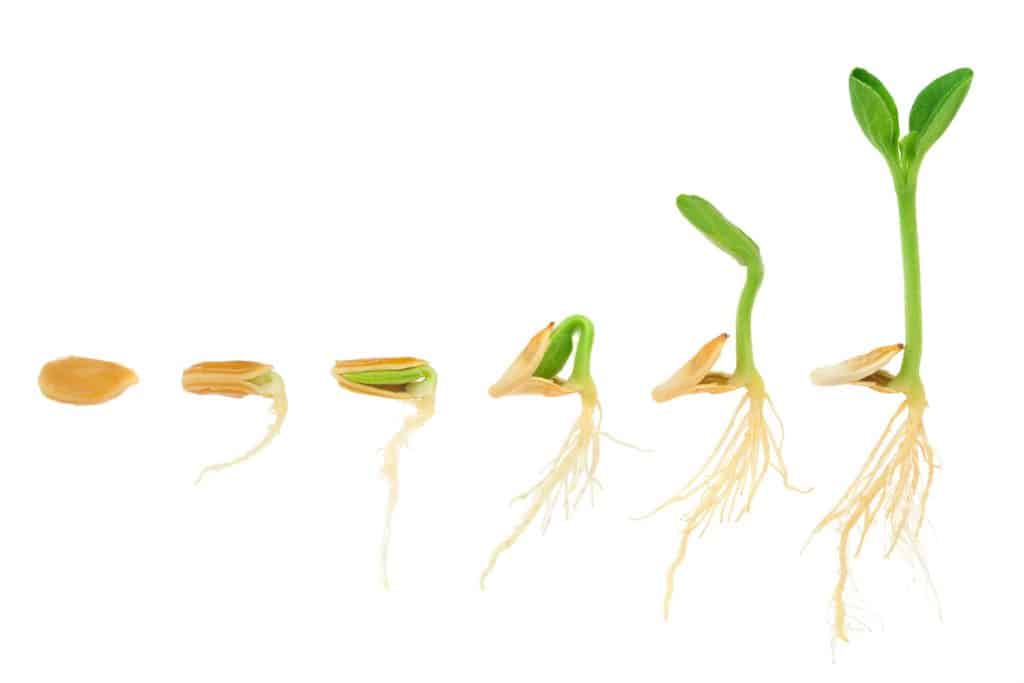
What you want to do is remove the plant from its original pot and bring as much of the original dirt as possible to the new hole. By keeping the original dirt intact, you are much less likely to harm small and delicate roots.
Often, basil seeds are planted so that the young roots tangle together. If this is the case, untangle the roots as carefully as possible before putting the seedlings in their new home.
4. Place seedlings into a hole in the soil
Now, place the seedlings into a prepared hole in the soil. If there is a long taproot that goes down 4 inches, the hole needs to be at least 4 inches deep, and so forth. For this step, it is easier to have prepped an oversized hole than scrambling to make a hole bigger while you hold a small seedling in one hand.
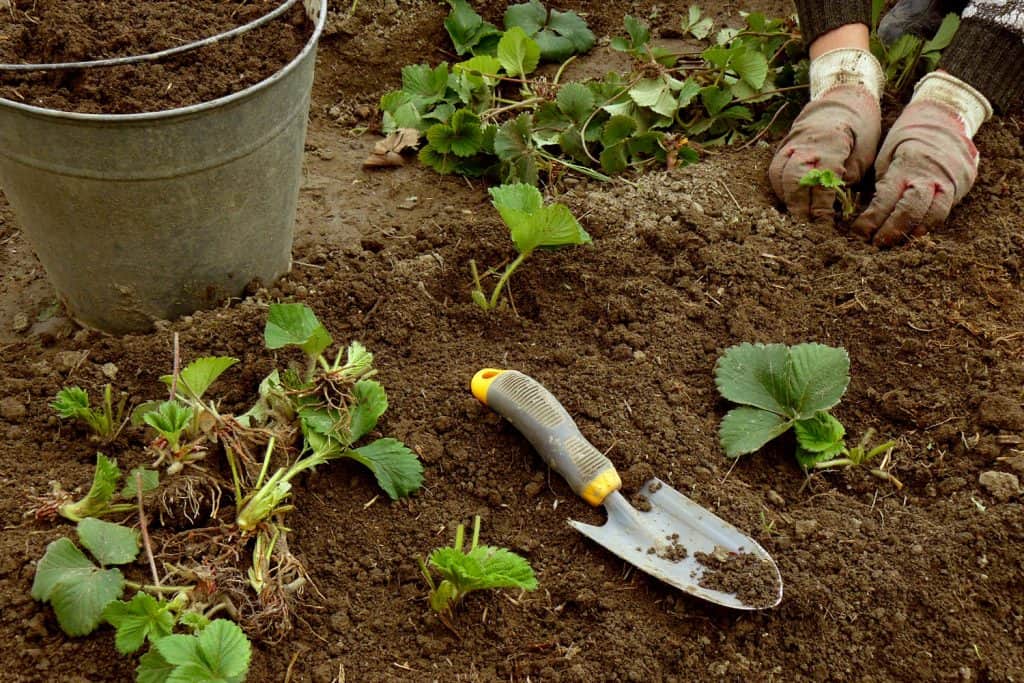
Once the start is in the hole, backfill soil around the roots. Gently pat that soil down so your freshly transplanted seedling will stay upright and healthy. Do not let the soil too far up the stem, as this will lead to rot.
5. Ensure that the seedlings are well watered
The first few days of a transplant's new life are difficult ones. Even if you spent several days or a week or more hardening off your starts, they are still likely to wilt under the outdoor sun a bit. This is normal.

One thing you can do to help the seedlings acclimate to their new place is to heavily water them once you plant them. Then, be sure that you keep the soil around their bases damp as their roots start growing in the new location.
Should you separate basil cuttings?
If you are propagating basil through multiple cuttings, their roots will grow together if they are allowed to root in the same glass of water. This tangle is often very hard to separate without causing damage.
To avoid this, give each cutting its own container. Then, when it comes time to plant the cuttings, you will have more basil plants for the bounty ahead.
How do you restore leggy seedlings?
Leggy seedlings are a big problem for indoor starts. To restore leggy seedlings, feed them with silica and put a fan onto the seedlings.
Click here for silica fertilizer from Amazon.
The silica is an important micro-nutrient that your seedling can use to build sturdier stem material. This product is available in many fertilizers.
Click here for a fan perfect for helping leggy seedlings on Amazon.
Putting a fan on your seedlings helps to mimic an outdoor environment. A light breeze will tell your leggy seedlings to start beefing up. Even after a week under a fan, you are likely to notice more robust seedling stems.
Why is my basil wilting after transplanting?
There are several reasons why your basil might be wilting after transplanting. The most common cause is that you did not harden off the starts enough before moving them outside. This shocks the basil and can even kill it.
Other reasons include the following: too cold of nights, not enough water, and improper nutrients. Often, a little wilting right after transplanting is normal. Only if this problem persists should you be concerned and take steps to help your basil perk up.
If you did not harden your starts off, you can cover them with a tent or other semi-translucent covering to cut down on the sun's strength that reaches the seedlings. Or, if the nights are getting colder than expected, you can gently throw a sheet over the starts to help them stay warm.
Can you plant basil close together?
Yes, you can plant basil close together. Unlike many other plants, basil will do well even when planted very close. However, if you give each plant about 10-inches of space on all sides, you can expect to get more basil per plant over the course of the season.
Does basil regrow after cutting?
Yes, basil will regrow after cutting. The regenerative properties of basil are one of the reasons this plant is so popular for gardeners. In fact, when you cut off the tip of a basil stem, it will split into two stems for future growth.
In Closing
In this post, we answered the question of when to transplant basil seedlings and what steps to take to find success with your transplanting. To conclude, we answered several questions related to the topic of this post. Good luck!
Read these great Garden Tabs articles to learn more about growing basil:



